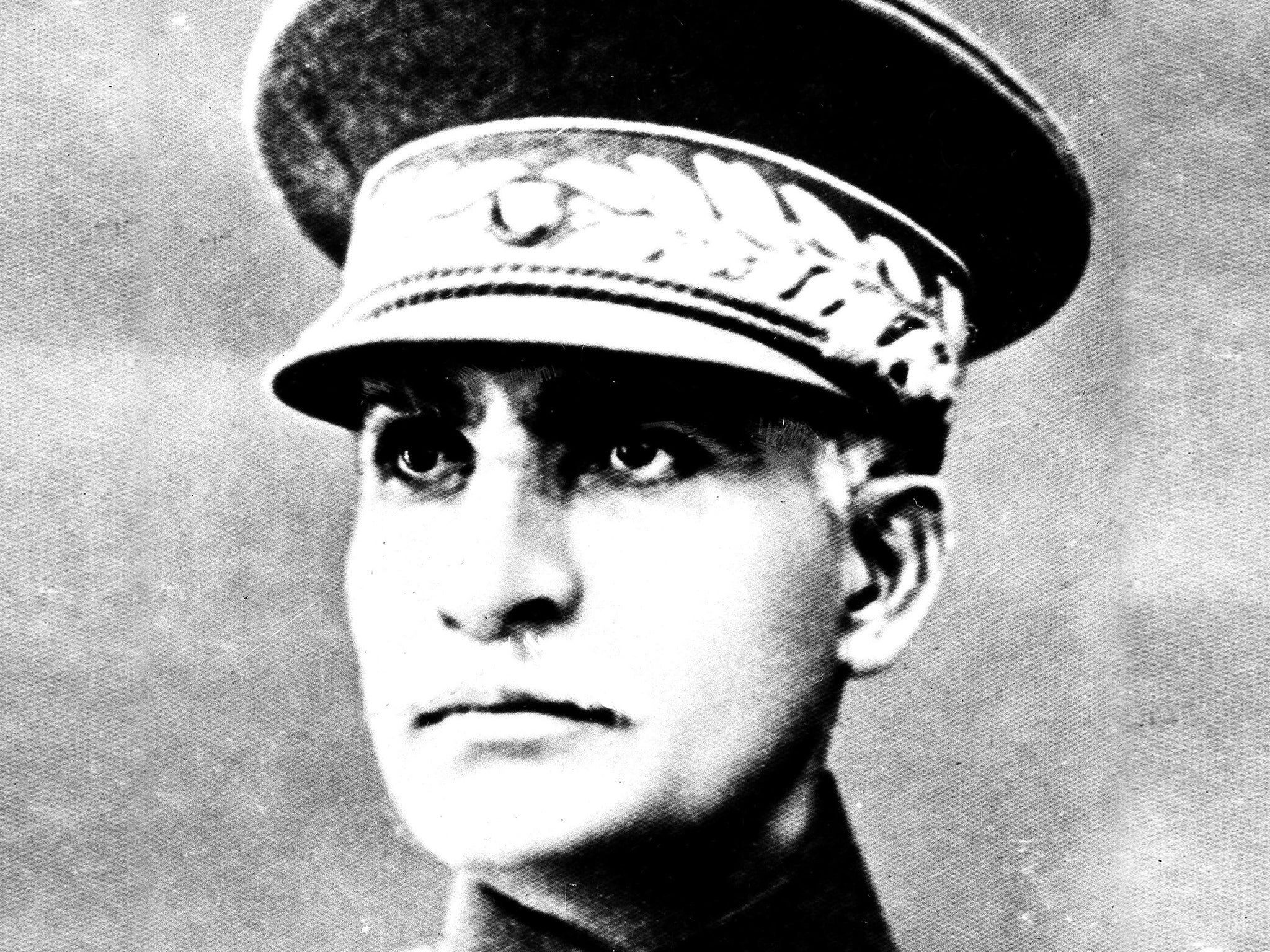Mysterious mummy discovered in Iran could be father of last Shah
Autocratic ruler Rezah Shah Pahlavi was a controversial modernising force in Iran, opening doors to women becoming doctors and lawyers, but angering devout Muslim clerics

The discovery of a mummified body close to the site of a demolished mausoleum could be the remains of Reza Shah Pahlavi, the founder of the Pahlavi dynasty and the father of the last Shah of Iran.
Construction workers found the gauze-wrapped remains while working at the Shiite shrine of Abdol Azim in Rey, on the southern edge of the capital, Tehran. The shrine once stood behind Rezah Shah’s mausoleum, which was demolished after the 1979 Iranian revolution amid efforts to erase the legacy of the monarchy.
Reza Shah seized power in Iran – then known as Persia – in the 1921 Persian coup d’etat, first becoming prime minister, and then being appointed legal monarch by the government in 1925.
His accession saw the creation of the Pahlavi dynasty and laid the foundations of the modern Iranian state. He ruled as an autocrat, swiftly introducing sweeping tax reforms and taking advantage of the country’s burgeoning oil revenues. He also introduced major social reforms including ordering men to wear western clothes, and for women to attend public functions with their hair uncovered.
In 1936 he banned women from wearing full-length black robes known as Chadors. He also introduced laws allowing women to study law and medicine, doctors were allowed to dissect human bodies for the first time, and he put in place hefty fines for cinemas, hotels and restaurants that did not open their doors to both sexes.
Devout Muslims reacted angrily to the reforms, while Shia clerics, furious over the Shah’s secular beliefs as well as his purges and arrests of opponents, formed long-standing resentments which would later foment the overthrow of the dynasty.
On Monday, the head of Tehran council's Cultural Heritage and Tourism Committee told state news agency IRNA that a mummified body had been found at the construction site, during expansion work on an Islamic shrine.
Hassan Khalilabadi said it was "a possibility" the body was that of Reza Shah Pahlavi.
"This will be examined by responsible bodies," he said.
But the press office of the Abdol Azim shrine where the construction work was being carried out said the claims were just a rumour.
“The area surrounding the shrine was previously a cemetery so discovering a body in this area is natural,” said its PR director Mostafa Ajoorloo, according to the semi-official ISNA news agency.
Reza Shah’s rein ended when he was forced to abdicate after Britain and the Soviet Union invaded Iran in 1941.
The breakdown in relations began in the 1930s, when Reza Shah, growing frustrated with Britain and the Soviets’ political and economic opportunism, cancelled a major oil contract held by the Anglo-Persian Oil Company.
Though a new contract was drawn up, the relationship did not improve much. Amid the fallout the Shah encouraged German commercial enterprise in Iran, and ahead of the Second World War, Germany was the country’s largest trading partner.
The move sparked fears the oil supplies could therefore fall into the hands of the Nazis.
After the Allies’ successful invasion, the British believed the Shah’s son would serve British interests in Iran better.
“Would His Highness kindly abdicate in favour of his son, the heir to the throne? We have a high opinion of him and will ensure his position. But His Highness should not think there is any other solution,” the British demand read.
Crown Prince Mohammmad Reza Pahlavi took the oath and replaced his father as Shah on 16 September 1941, ruling until the 1979 Iranian revolution.
Rezah Shah left Iran for South Africa, dying there in 1944. His body was flown to Cairo where it was mummified and eventually returned to Iran where it was held in the mausoleum.
After the '79 revolution Islamists regarded the mausoleum as an affront, and Iranian cleric Ayatollah Sadegh Khalkhali ordered its destruction. A mob of his supporters used sledgehammers and pneumatic drills to raze it to the ground.
State media routinely refer to the Persian monarchic dynasties such as the Phlavis as “despotic”, but fascination with the era before the revolution has gained ground among the country’s youth in recent years.
According to AP Gulf news director Jon Gambrell, “television period pieces have focused on the Pahlavi dynasty, including the recent state TV series The Enigma of the Shah, [which is] the most expensive series ever produced to air in the country.
He adds: “While incorporating romances or mobsters into the tales, all shows uniformly criticise the royal court.”
Rezah Shah’s grandson, the exiled Crown Prince Reza Pahlavi, responded to news of the possible discovery of his grandfather’s remains, writing on Twitter he warned the authorities against “any secrecy or lack of transparency” over the find.
The exiled Crown Prince, who describes himself as “an advocate of secularism, human rights, and parliamentary democracy in Iran”, has tried to become a mediating force between the US and Iran as the countries negotiate the terms of the Iranian nuclear deal.
Last year he warned the US and Israel not to fall into a "trap" by escalating their disputes with the Iranian government into a military conflict.
Join our commenting forum
Join thought-provoking conversations, follow other Independent readers and see their replies
Comments